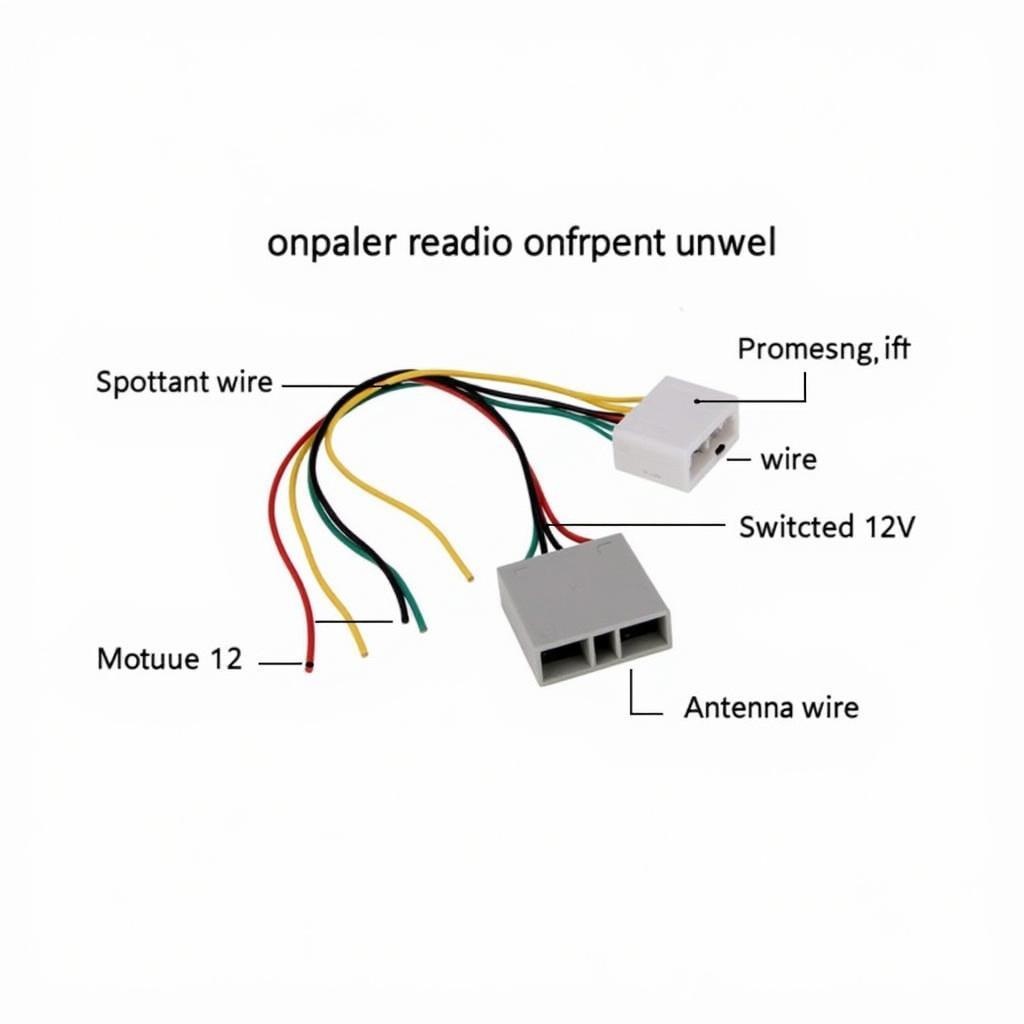Jumping your car is a common solution for a dead battery, but it’s more than just connecting cables. Done incorrectly, you can damage your vehicle’s electrical system. This comprehensive guide will walk you through the process safely and effectively, offering expert advice and troubleshooting tips. car battery wont jump start Understanding the procedure is crucial for every driver.
Understanding the Basics of Jumping a Car
A dead car battery is often the culprit when your car refuses to start. Jumping your car involves using another vehicle’s battery to provide the necessary power to start your engine. This process requires jumper cables and a basic understanding of your car’s electrical system.
What Causes a Dead Car Battery?
Several factors can lead to a dead battery, including:
- Leaving lights or accessories on overnight.
- Extreme temperatures (both hot and cold).
- An old or failing battery.
- Corroded battery terminals.
- Parasitic drain from faulty electronics.
Gathering Your Supplies and Preparing for the Jump
Before you begin, gather the necessary supplies: a set of jumper cables (preferably heavy-gauge) and a donor vehicle with a working battery. Safety is paramount when jumping a car, so ensure both vehicles are parked on a level surface, the engines are off, and the parking brakes are engaged.
Safety Precautions to Take When Jumping a Car
Safety is paramount. Always wear safety glasses and avoid touching the metal clamps together. Ensure the jumper cables are properly connected and in good condition. car battery down problem Taking these precautions can prevent accidents and damage to your vehicle.
Step-by-Step Guide to Jumping Your Car
- Position the vehicles: Park the donor vehicle close to yours, ensuring the batteries are accessible.
- Attach the red (positive) cable: Connect one end of the red cable to the positive (+) terminal of the dead battery. Then, connect the other end to the positive (+) terminal of the donor battery.
- Attach the black (negative) cable: Connect one end of the black cable to the negative (-) terminal of the donor battery. Then, connect the other end to a clean, unpainted metal surface on your car’s engine block, away from the battery.
- Start the donor vehicle: Let the donor vehicle run for a few minutes to charge the dead battery.
- Start your vehicle: Attempt to start your car. If it doesn’t start immediately, wait a few more minutes and try again.
- Disconnect the cables: Once your car starts, disconnect the cables in the reverse order of connection.
Troubleshooting Common Jump-Starting Problems
Sometimes, even with the correct procedure, your car might not start. Here are a few troubleshooting tips:
- Check the cable connections: Ensure the cables are securely attached to the terminals and the grounding point.
- Try a different grounding point: If you suspect a poor ground connection, try connecting the black cable to a different unpainted metal surface.
- Check the battery terminals for corrosion: Clean any corrosion from the battery terminals with a wire brush and baking soda solution.
- Inspect the jumper cables: Make sure the cables are in good condition and not frayed or damaged. connect phone to car radio without bluetooth Sometimes, faulty cables can be the issue.
“A common mistake people make is not letting the donor car run long enough to charge the dead battery,” says automotive expert, David Miller. “Give it at least five minutes, sometimes even ten, before attempting to start your car.”
After the Jump: What to Do Next
After successfully jumping your car, keep the engine running for at least 30 minutes to allow the alternator to recharge the battery. If the problem persists, you might have a more serious issue, such as a faulty alternator or a dying battery. car battery wont take a charge Addressing the root cause is essential to prevent future jump-starting needs. car not starting even with jump In such cases, seeking professional assistance is highly recommended.
“It’s crucial to get your battery and charging system checked by a professional after a jump-start, especially if you’ve jumped your car multiple times recently,” advises Sarah Johnson, a certified automotive technician. “This can help identify any underlying issues and prevent further damage.”
Conclusion
Jumping your car can be a straightforward process when done correctly. By following the steps outlined in this guide and taking necessary precautions, you can safely and effectively get your car back on the road. Remember, prioritizing safety and understanding the basics of jump-starting are crucial for preventing damage and ensuring a smooth process. Always remember to check your battery and charging system if jump-starting becomes a frequent occurrence.

